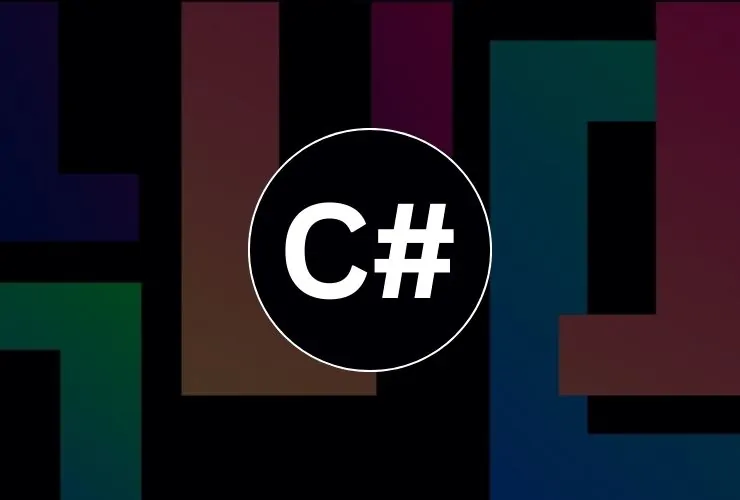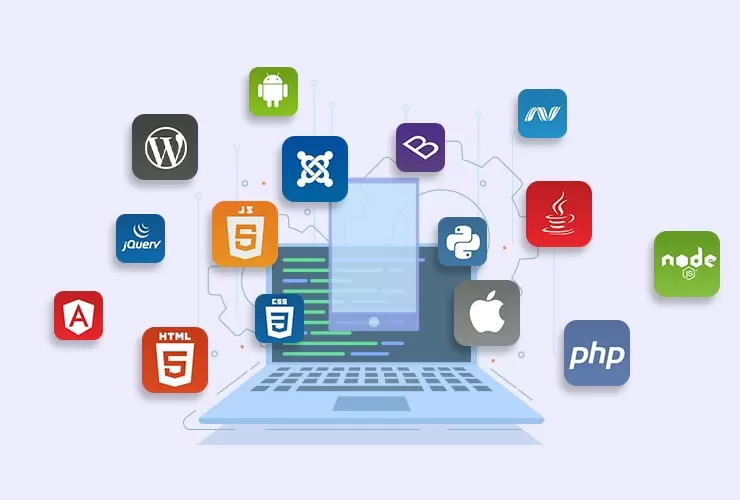Entity Framework Core (EF Core) is a robust Object-Relational Mapper (ORM) that simplifies database access in C# applications. It allows developers to interact with a database using .NET objects rather than writing lengthy SQL queries by hand. EF Core abstracts the database layer so it is easy to query, insert, update, or delete data in a simple and maintainable way.
1. What’s Entity Framework Core?
Entity Framework Core is the optimized and cross-platform version of Microsoft’s Entity Framework. It is optimized to work with .NET applications regardless of environment and offers support for a variety of database options, including SQL Server, MySQL, PostgreSQL, Oracle, and SQLite.
EF Core adopts the idea of Object-Relational Mapping (ORM), integrating object-oriented programming with relational databases. With ORM, developers can express their data models as C# classes and EF Core will take care of the mappings to the database for them. This release a good deal of the developer from having to write SQL.
Major reasons to use EF Core:
- Decreased repetitive SQL code: Most of the database interactions are coded using LINQ (Language Integrated Query), which improves readability and maintainability of code.
- Database migrations supported: Developers can evolve their database schema without it being coded manually.
- Cross-platform compatibility: EF Core can run on Windows, macOS, and Linux without any issues.
- Intensive integration with ASP.NET Core: this is the preferred framework for developing scalable web applications and APIs.
- Performance improvements: EF Core, on top of the previous framework, is built and designed to improve performance while also requiring less memory.
2. Getting Started with the Entity Framework Core
It’s easy to get going with EF Core in a C# project. Once the EF Core libraries are installed, developers can create a database context that acts as a bridge between data models and the actual database. The context is responsible for managing database connections, transactions and tracking of objects.
EF Core is convention over configuration – meaning EF Core can often determine the relationships between models, which properties/fields are primary keys, what to call the corresponding table names to the data model, etc. Developers can always configure these explicit entity configurations for a greater level of control.
3. Creating Entities and Relationships
Entities in EF Core are C# classes which represent tables in the database. Each property of an entity maps to a column in the corresponding table. By developing entities developers can model real-world data objects like “Customer,” “Order,” or “Product” in code.
With EF Core, relationships are also supported: one-to-one, one-to-many and many-to-many – enabling developers to define relationships between different types of data models. This can certainly make working with relational data a more intuitive, consistent and understandable process.
Furthermore, EF Core automatically manages the keys, claimed foreign keys and navigation properties for a data model providing a stable framework for managing more complex data relationships without the demanding need to write multiple SQL joins or constraints.
4. Handling Database Migrations
Migrations system is one of most practical aspects of EF Core. Rather than manually needing to adjust the database schema, developers can handle schema evolution through migrations as the data models change.
For example, if we add a new property to an entity class, EF Core can provide a database updating script to achieve this. By doing so, it is guaranteed to keep the data model in sync with the actual database schema.
Migrations make it possible to:
- Keep record of changing the database schema.
- Roll back to a previous version should problems arise.
- Automate the database update deployment process as part of the CI/CD pipeline.
Not only does this save time, it also limits human error with database version and deployment.
5. Executing CRUD Operations
Adding, reading, updating, and deleting data becomes simple CRUD operations using Entity Framework Core. Instead of writing elaborate SQL statement, developers will be operating on the data with method calls and LINQ queries.
Create: Creating new data will just require creating the new object and saving it to the database.
- Read: Reading data can be conducting more simply with LINQ queries and developers can filter, sort, and project.
- Update: Modifying existing data is straightforward — simply change an object’s properties and save the changes.
- Delete: Removing data requires only marking an object for deletion and committing the change.
This approach improves maintainability and reduces the chance of SQL-related errors, especially in large and evolving projects.
6. Advanced Features of EF Core
- Besides fundamental CRUD functionalities, EF Core boasts several advanced features which enhance performance and control over accessing data.
- Lazy loading and eager loading control when related data is requested to improve performance and memory utilization.
- Transactions support atomic operations so that multiple actions can successfully happen in the database.
- Change tracking enables EF Core to automatically track when entities have changed and update the database accordingly.
- Asynchronous operations offer enhanced responsiveness of an application especially with web API calls when process or thread management under high traffic conditions.
- Query caching and batching can be used to efficiently handle multiple operations and cache query plans for optimal execution.
These capabilities allow EF Core to handle complex enterprise-level applications that require both performance and flexibility.
7. Best Practices for Using EF Core
To utilize the full power of Entity Framework Core, developers should be familiar with the following best practices:
- Use AsNoTracking() for read-only queries for better performance.
- Keep migrations in order, and commit them to versioning services for easier future maintenance.
- Avoid too many entities in a single context to limit memory usage.
- Follow and improve LINQ queries to minimize database roundtrips.
Choose appropriate indexing for frequently accessed data and use caching strategies.
Regularly profile and tune queries using tools like SQL Profiler or Application Insights.
By following these practices, teams can maintain high performance, scalability, and clean architecture as their applications grow.
Wrap Up
Entity Framework Core radically changes the way C# developers interact with databases. With the data layer abstracted away and a vast array of tools for dealing with database migration, running queries, and optimizing performance, EF Core gives developers more brain space for business logic and less brain space for databaseing.
Whether you are building a simple web app or an enterprise application, EF Core gives you flexibility, performance, and maintainability in your data storage and retrieval. With cross-platform support and native support through ASP.NET Core, EF Core remains one of the most powerful and developer-friendly ORMs for .NET ecosystem.













